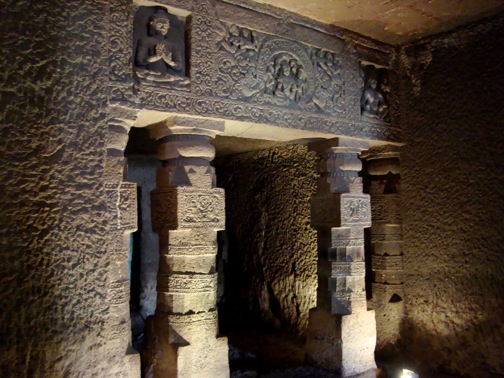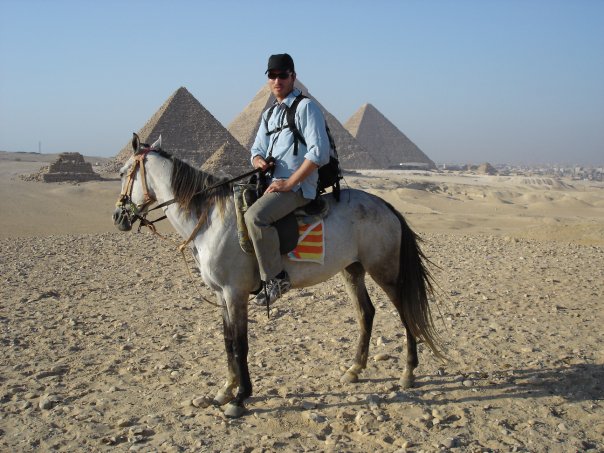
A Meditation Room in a Buddhist Cave in Ajanta, India - Buddhists renounce the physical world, believing that suffering comes from attachment. They will retire into meditation rooms like this one for long periods of time, avoiding the rest of the world and its occupants. Judaism, in contrast, believes that holiness is best achieved by living in the world.
This week’s parsha, or weekly Torah portion, is Parshas Kedoshim. This parsha starts out with Hashem telling us, “You shall be holy.” In our travels, we have encountered many different religions. Each one has its own path to spirituality. Some people become nuns or monks. Some become hermits. Some renounce speech, or eating, or intercourse. Some sequester themselves away in meditation for hours, days, weeks, or even years.
This week’s parsha answers how Judaism sees being holy. It includes all sorts of commandments – everything from keeping the Shabbat to respecting your elders to giving charity to the poor. It covers topics as broad as being honest in business to not practicing black magic (ok, maybe those too aren’t so different after all!). It even issues the seemingly unfairly juxtaposed commandments to “love your neighbor” while reminding you to avoid forbidden relationships (including avoiding loving your neighbor’s wife). But what do all these things have in common?
In Judaism, we believe in living in the world. Being holy doesn’t mean sitting in the lotus position on a mountaintop meditating for months. By all means, if meditation helps you come closer to G-d, then go for it, but it isn’t what Judaism really defines as holy. In Judaism, being holy is what we do in our everyday lives – what we eat, what we wear, how we speak.
As we travel, we try our best to maintain the highest level of “holiness” that we can – and even to improve ourselves! Travel poses lots of challenges in all of the areas addressed in this week’s parsha, from “How on earth will we keep Shabbat in the middle of nowhere, India?” to “How can I respect others if they’re so vastly different?” In Judaism, overcoming these challenges is the true key to holiness.
Read More







